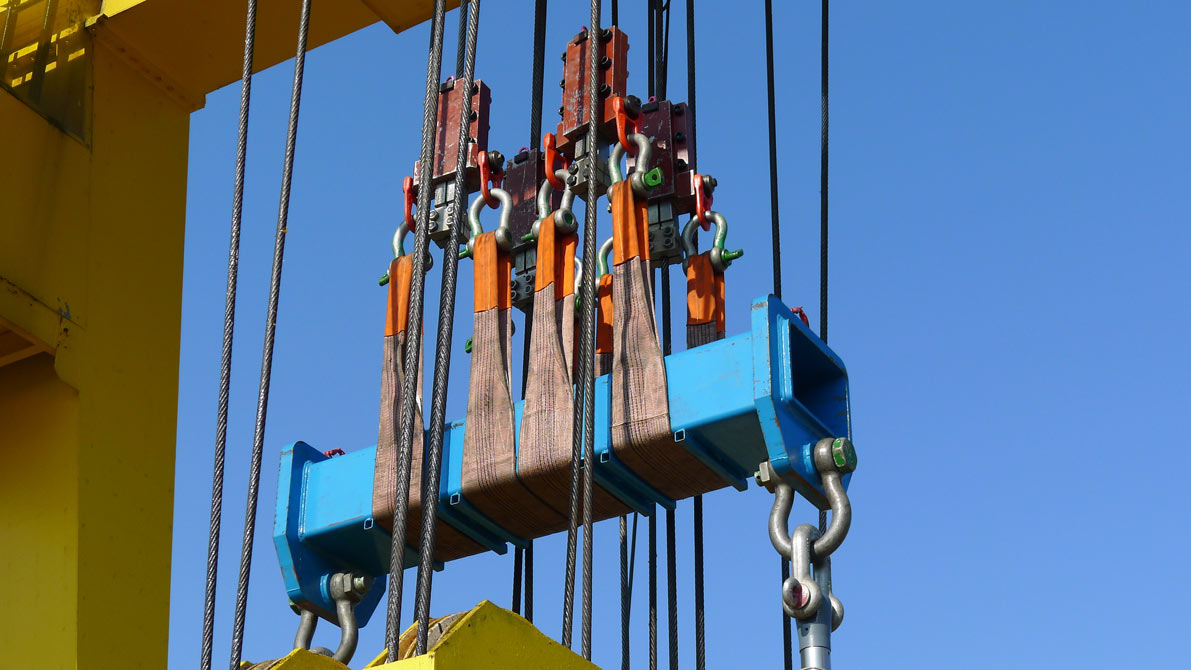Introduction
In Ireland, load testing of lifting equipment is not just a regulatory requirement; it’s a critical practice for ensuring workplace safety and operational efficiency. This guide delves into the what, why, and how of load testing in the Irish context.
Understanding Load Testing
Load testing involves applying a force to lifting equipment to verify its ability to handle designated loads safely. It’s a vital step in confirming the equipment’s reliability and adherence to Irish and international safety standards. Load testing is a critical practice designed to evaluate the performance and reliability of lifting equipment, such as cranes, hoists, and other mechanical devices, by subjecting them to specified loads. The primary objective is to verify that this equipment can handle their designated capacities without compromising safety standards.
Why Load Testing is Crucial in Ireland
- Safety Assurance: Protects workers by ensuring equipment can handle the loads safely.
- Regulatory Compliance: Meets the Irish and EU safety regulations.
- Preventive Maintenance: Helps identify potential issues before they lead to failures.
The Load Testing Process
- Initial Inspection: Checking the equipment for visible defects.
- Applying the Load: Gradually increasing the load to the required level.
- Monitoring and Inspection: Observing the equipment’s response to the load.
- Certification: Once passed, the equipment is certified for use.
Best Practices in Load Testing
- Use certified professionals for conducting tests.
- Regularly schedule load testing as part of maintenance.
- Keep detailed records of all testing for compliance and safety audits.
Conclusion
Load testing of lifting equipment is a non-negotiable aspect of industrial safety in Ireland. By adhering to these practices, businesses not only comply with regulations but also foster a culture of safety and reliability. Contact Sublift today for more information on Load Testing.


Leave a Reply